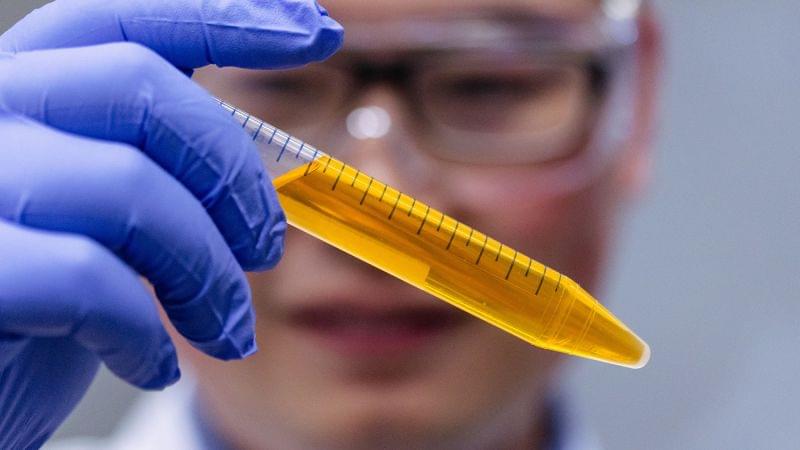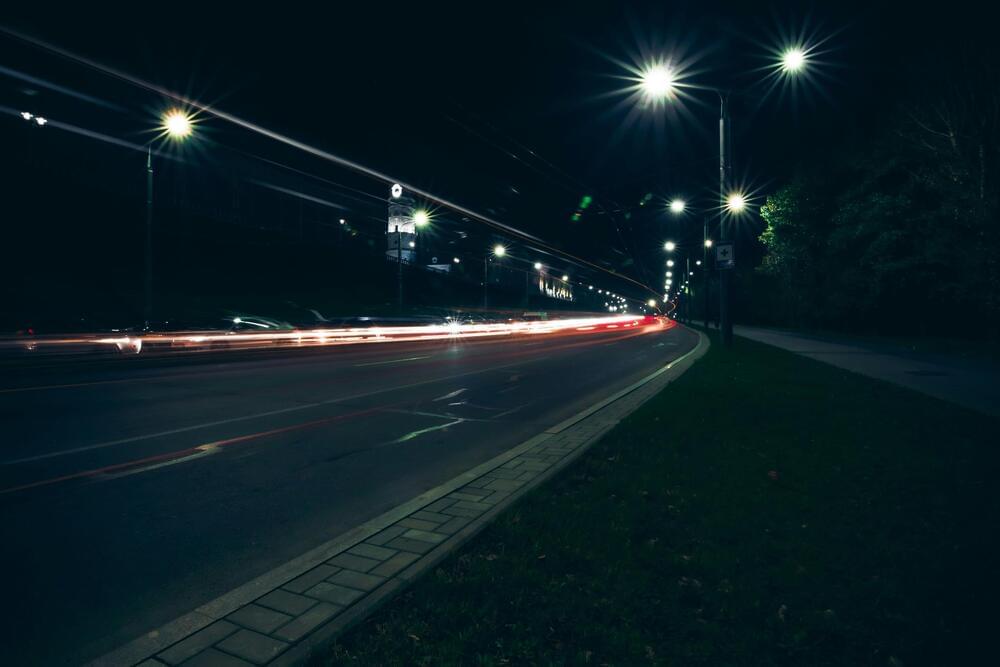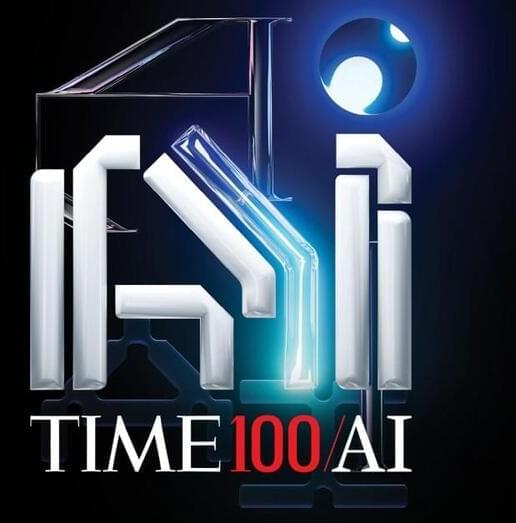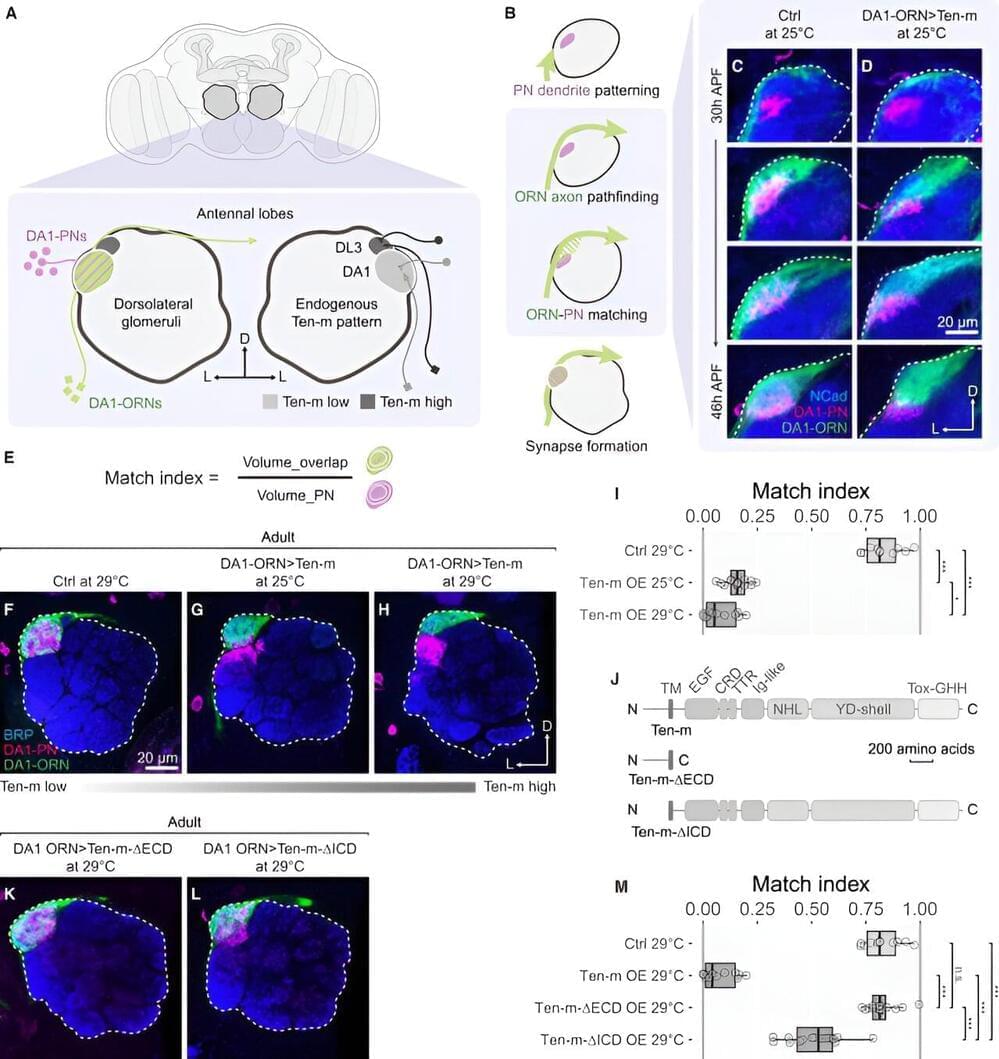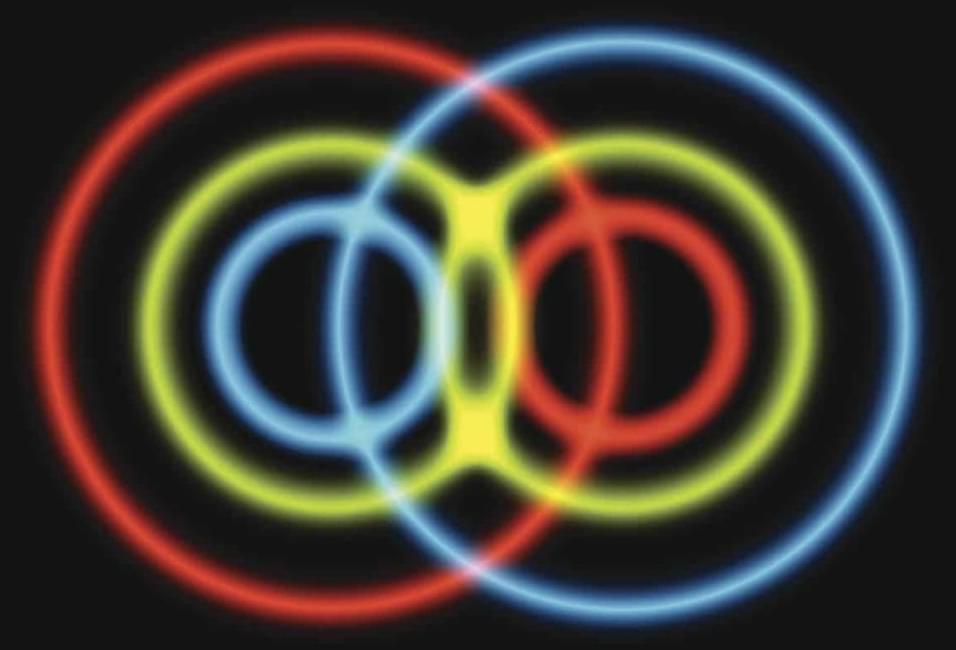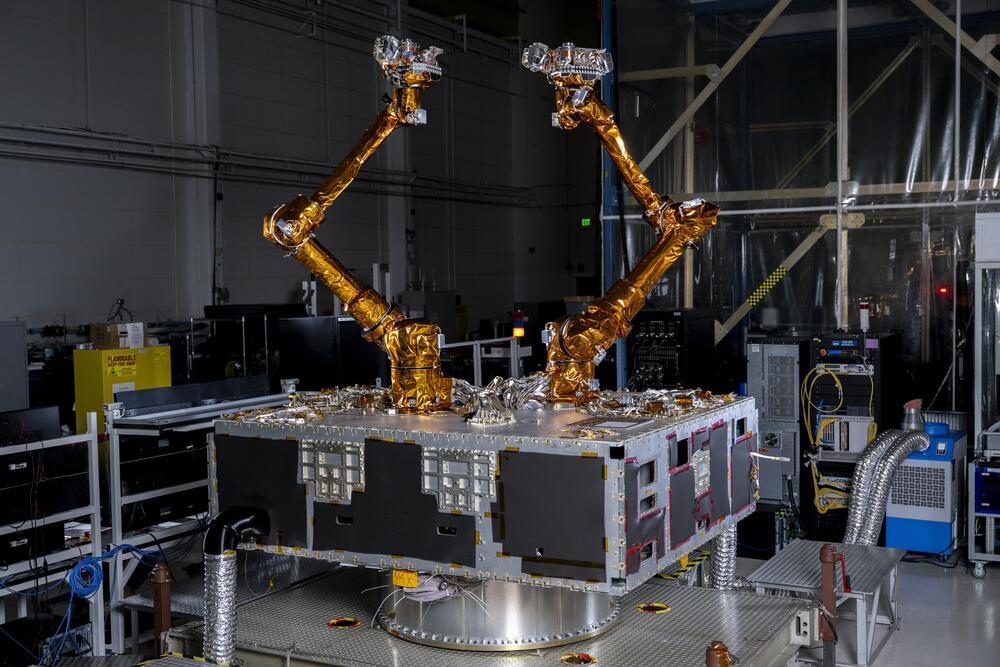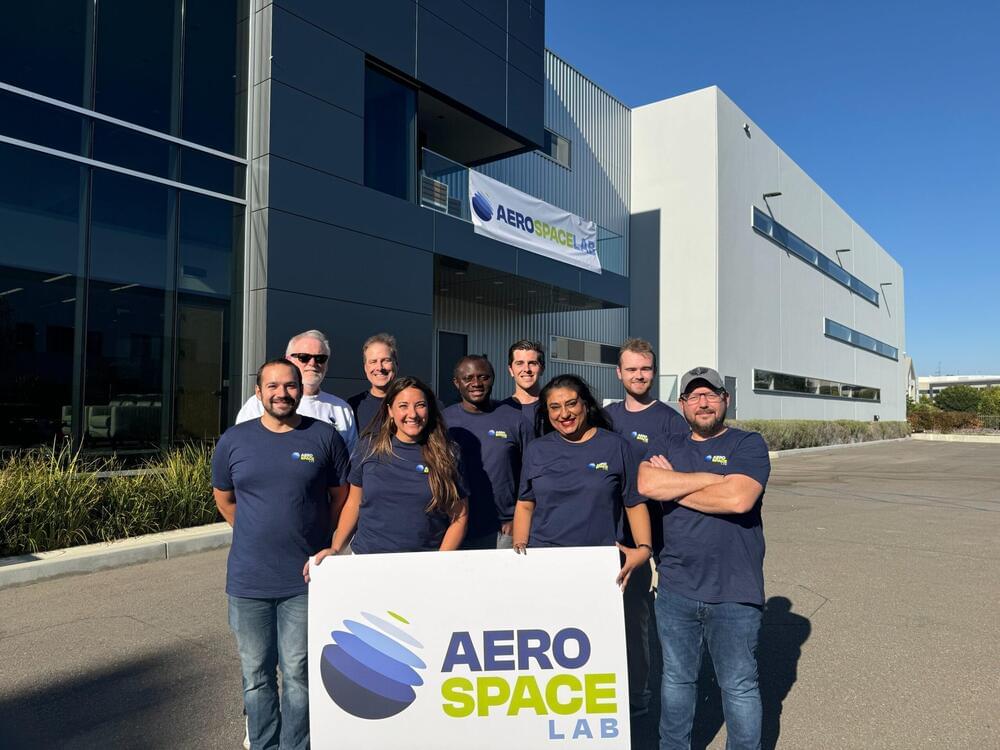In H.G. Wells’ 1,897 science fiction novel, “The Invisible Man,” the protagonist invents a serum that makes the cells in his body transparent by controlling how they bend light.
More than 100 years later, scientists have discovered a real-life version of the substance: A commonly used food coloring can make the skin of a mouse temporarily transparent, allowing scientists to see its organs function, according to a new study published Thursday in the journal Science.
The breakthrough could revolutionize biomedical research and, should it be successfully tested in humans, have wide-ranging applications in medicine and health care, such as making veins more visible to draw blood.
